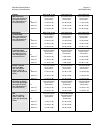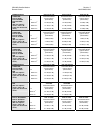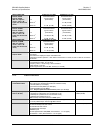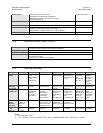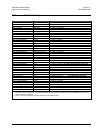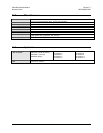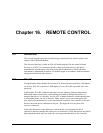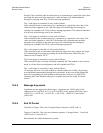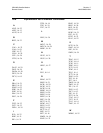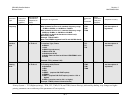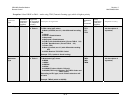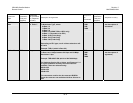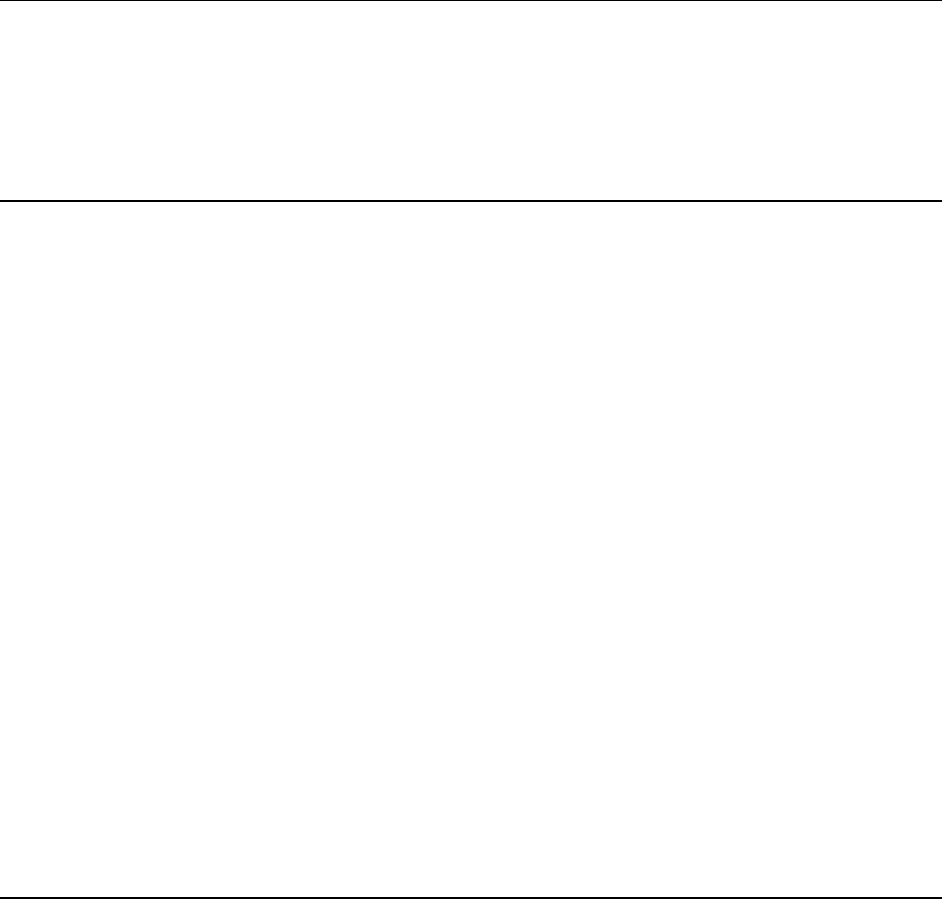
CDM-600 Satellite Modem Revision 7
Remote Control MN/CDM600.IOM
16–2
Each target has a unique address, and each time the controller transmits, in a framed
‘packet’ of data, the address of the intended recipient target is included. All of the targets
receive the packet, but only one (the intended) will reply. The target enables its output
line driver, and transmits its return data packet back to the controller, in the other
direction, on the physically separate pair.
EIA 485 (full duplex) summary:
• Two differential pairs - one pair for controller to target, one pair for target to
controller.
• Controller-to-target pair has one line driver (controller), and all targets have line-
receivers.
• Target-to-controller pair has one line receiver (controller), and all targets have
tri-state drivers.
16.3 EIA-232
This is a much simpler configuration in which the controller device is connected directly
to the target via a two-wire-plus-ground connection. Controller-to-target data is carried,
via EIA-232 electrical levels, on one conductor, and target-to-controller data is carried in
the other direction on the other conductor.
16.4 Basic Protocol
Whether in EIA-232 or EIA-485 mode, all data is transmitted as asynchronous serial
characters, suitable for transmission and reception by a UART. In this case, the
asynchronous character formats include 7O2, 7E2, and 8N1. The baud rate may vary
between 1200 and 38,400 baud.
All data is transmitted in framed packets. The controller is assumed to be a PC or ASCII
dumb terminal, which is in charge of the process of monitor and control. The controller is
the only device that is permitted to initiate, at will, the transmission of data. Targets are
only permitted to transmit when they have been specifically instructed to do so by the
controller.
All bytes within a packet are printable ASCII characters, less than ASCII code 127. In
this context, the Carriage Return and Line Feed characters are considered printable.
All messages from controller to target require a response (with one exception). This will
be either to return data that has been requested by the controller, or to acknowledge
reception of an instruction to change the configuration of the target. The exception to this
is when the controller broadcasts a message (such as Set time/date) using Address 0,
when the target is set to EIA-485 mode.



